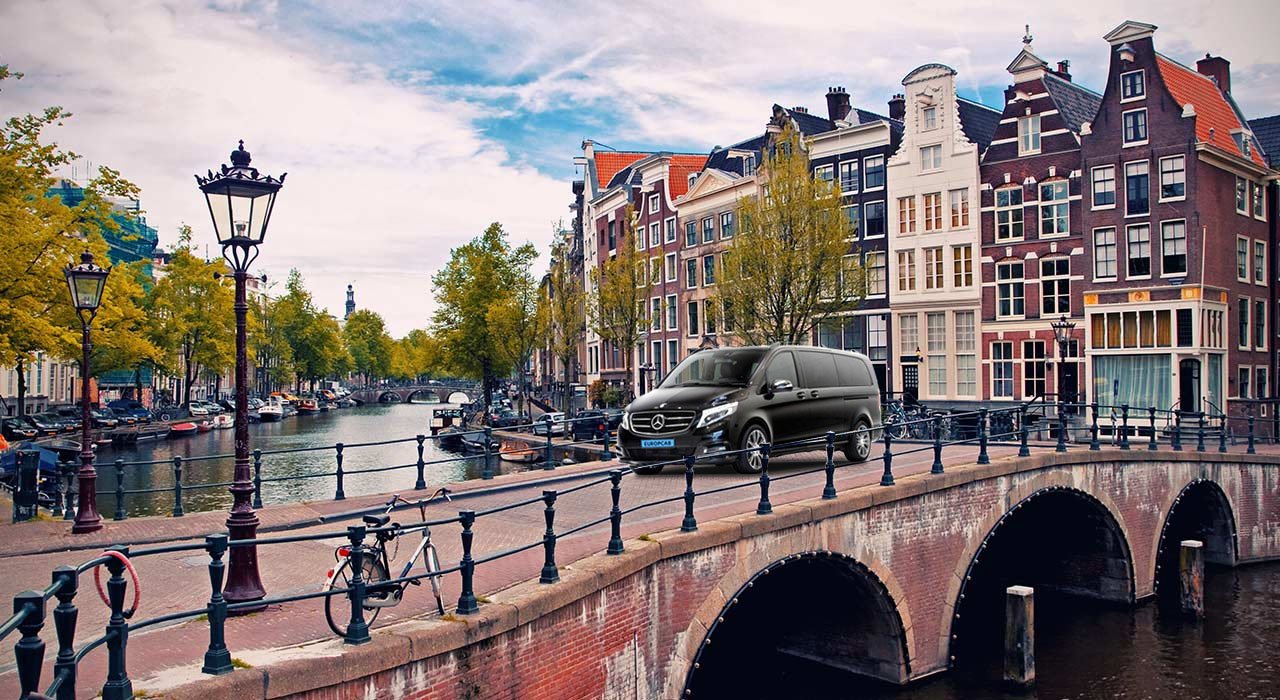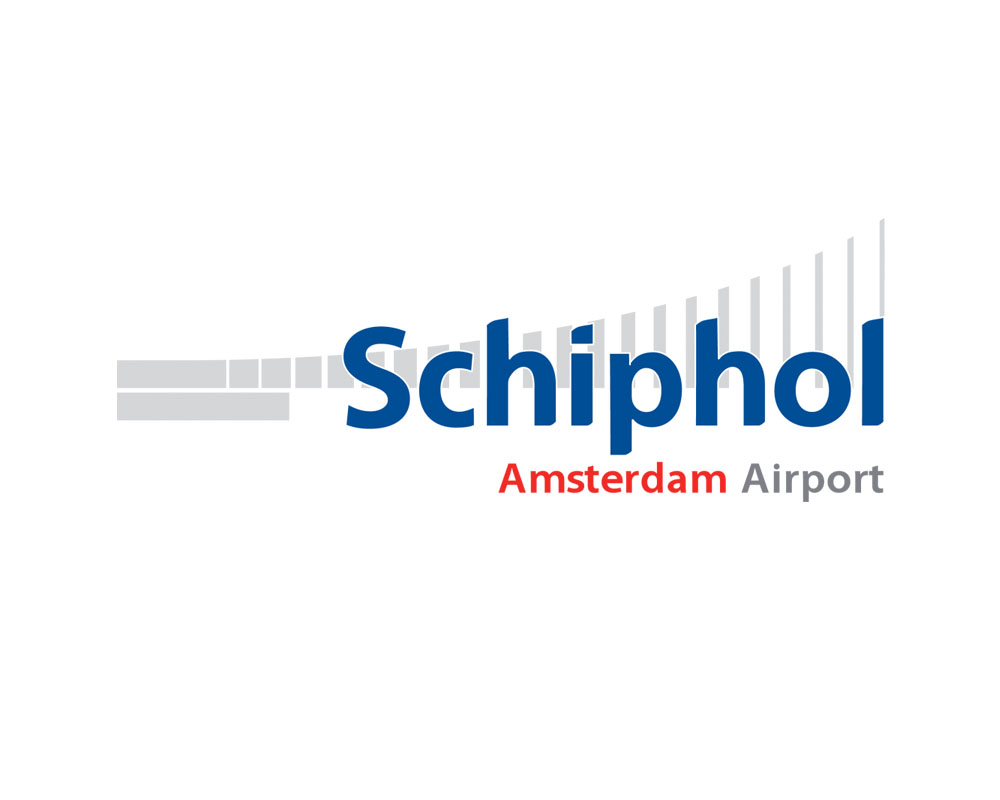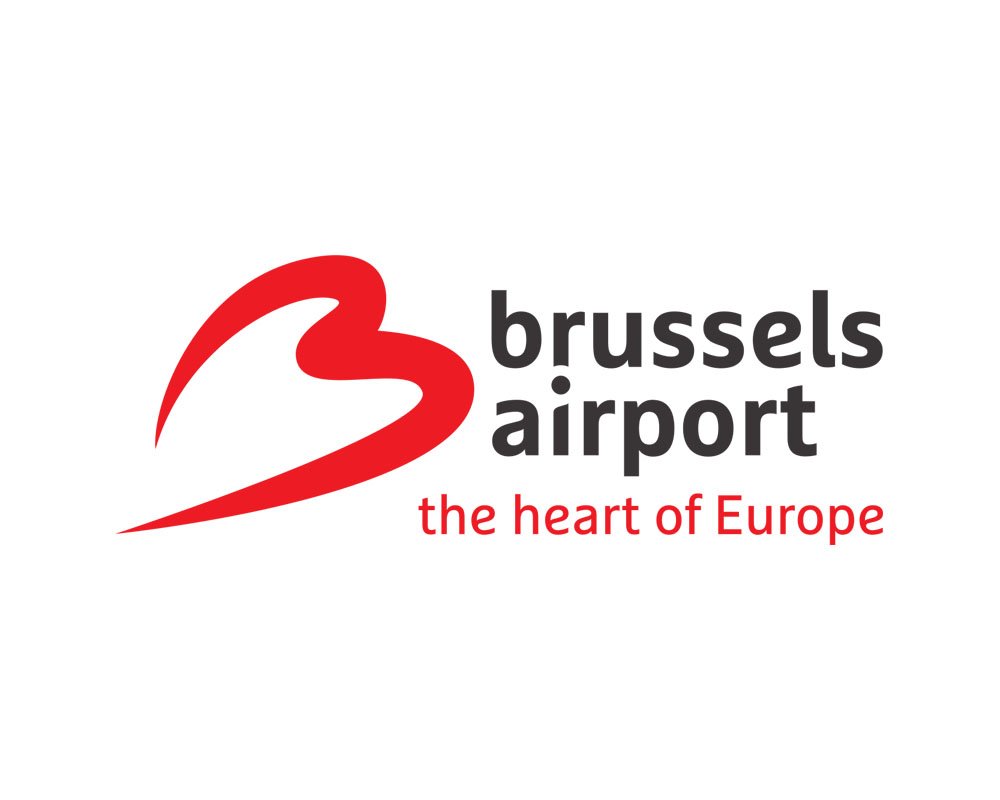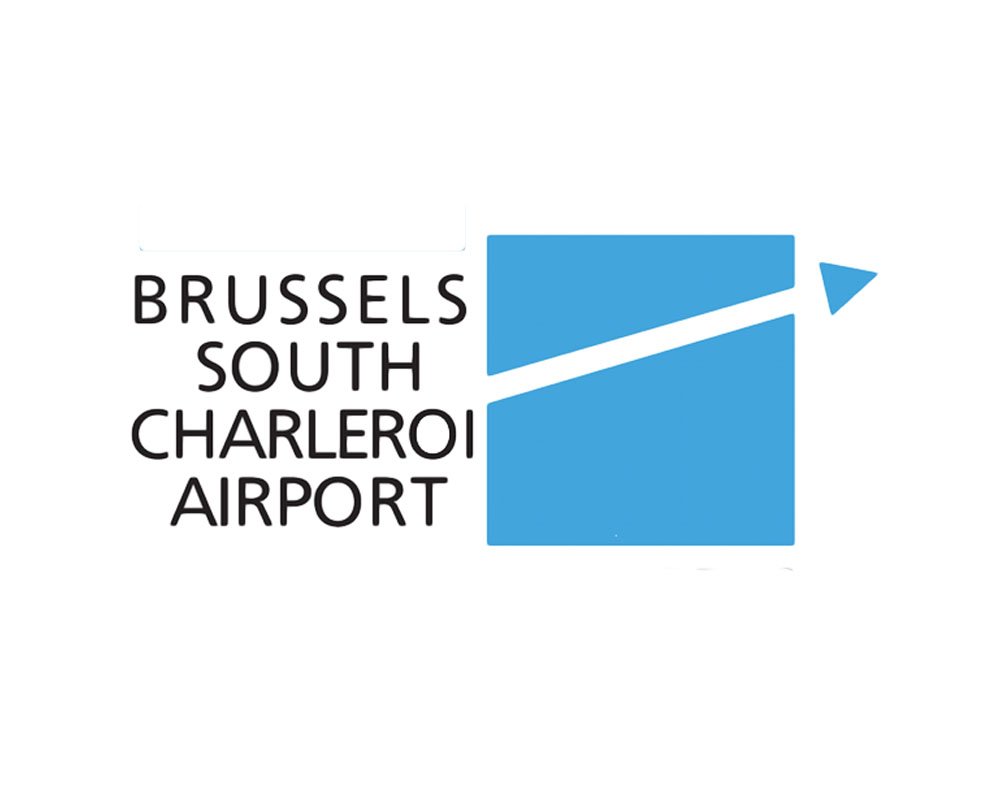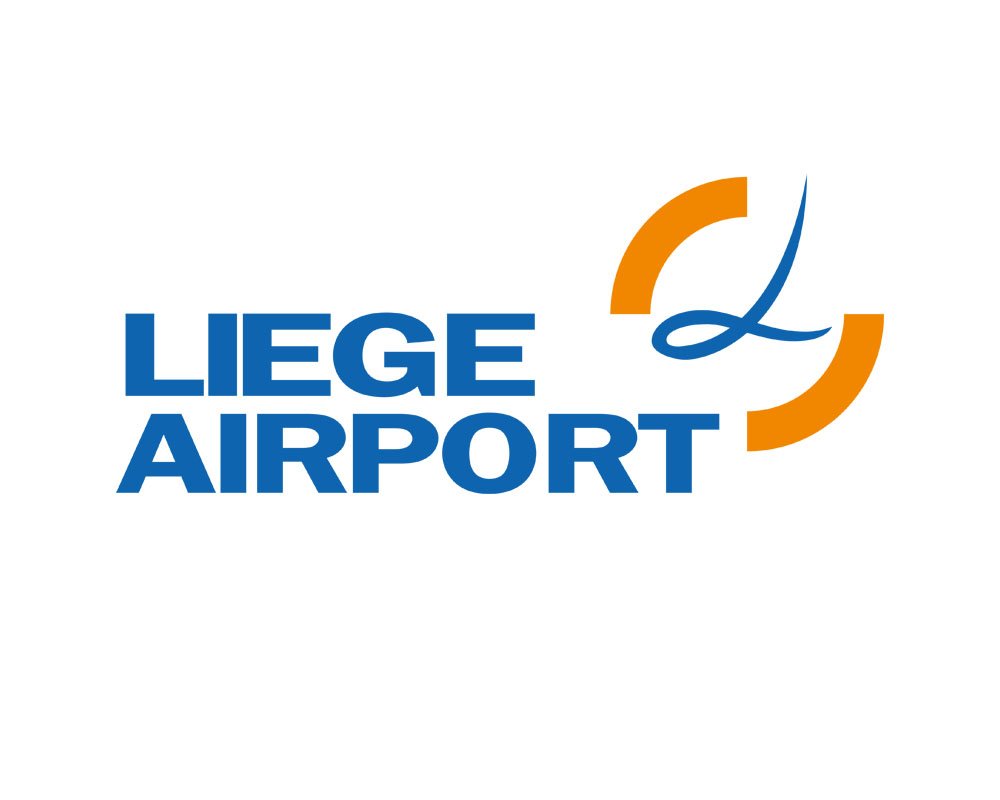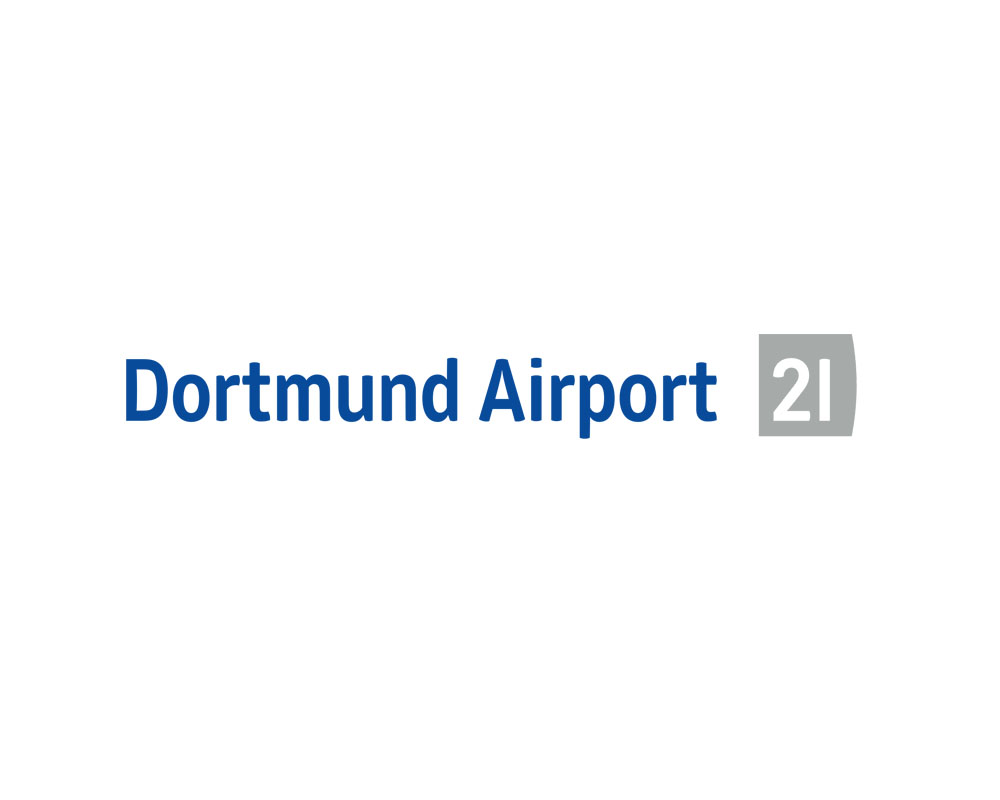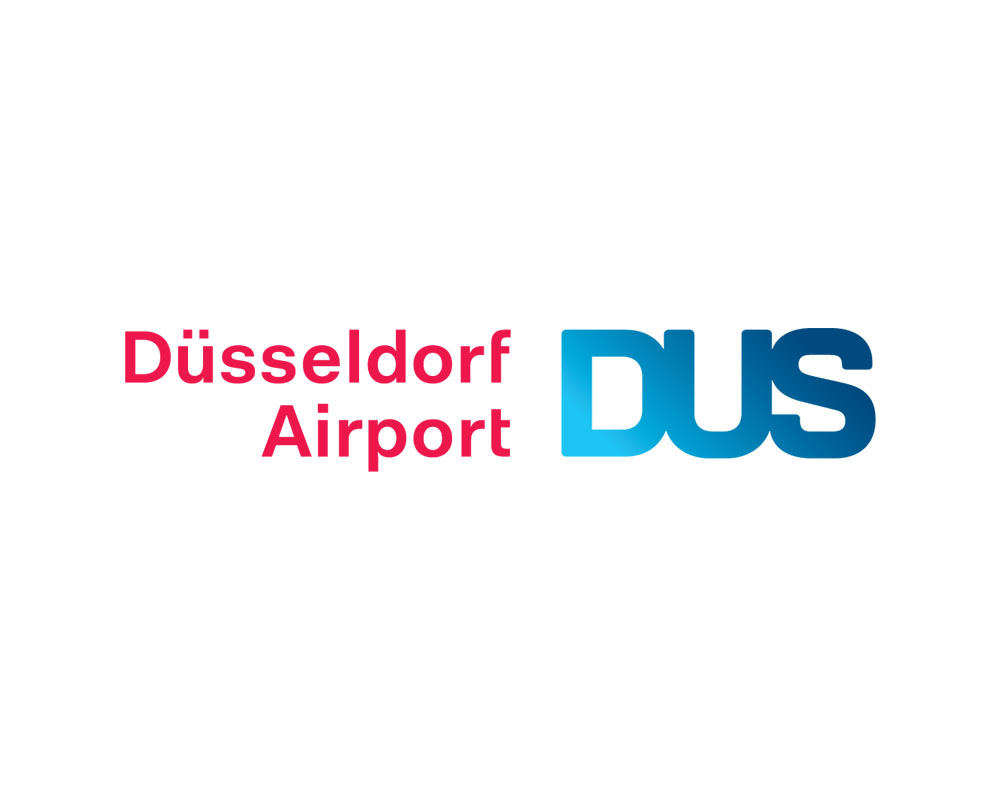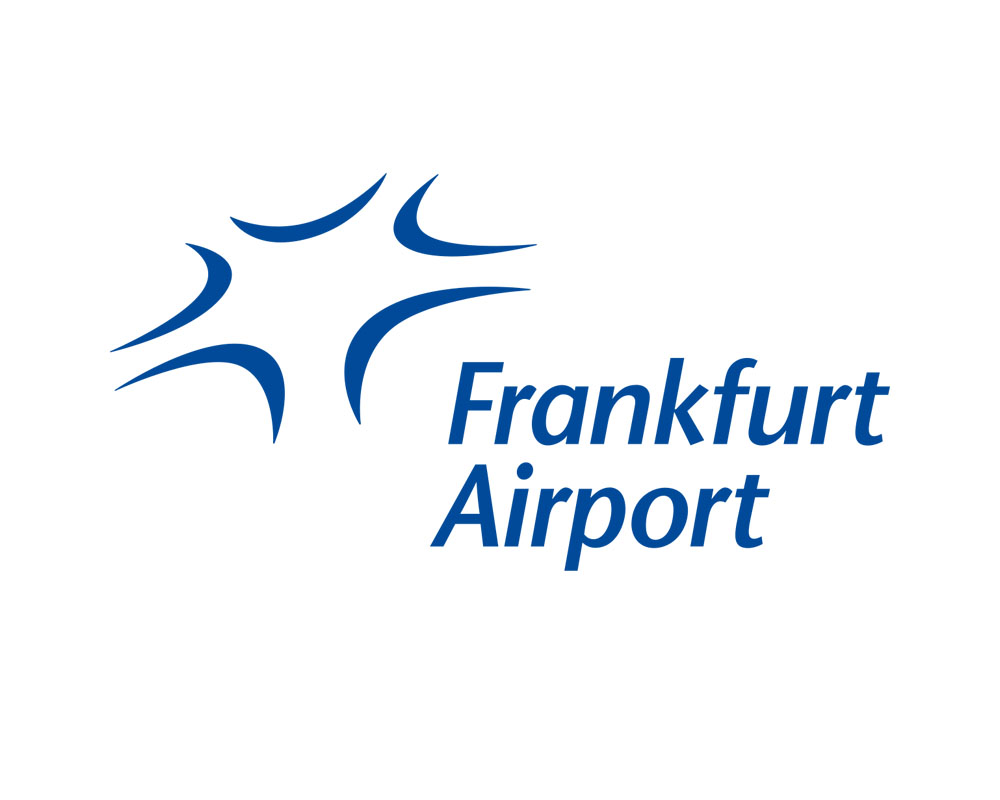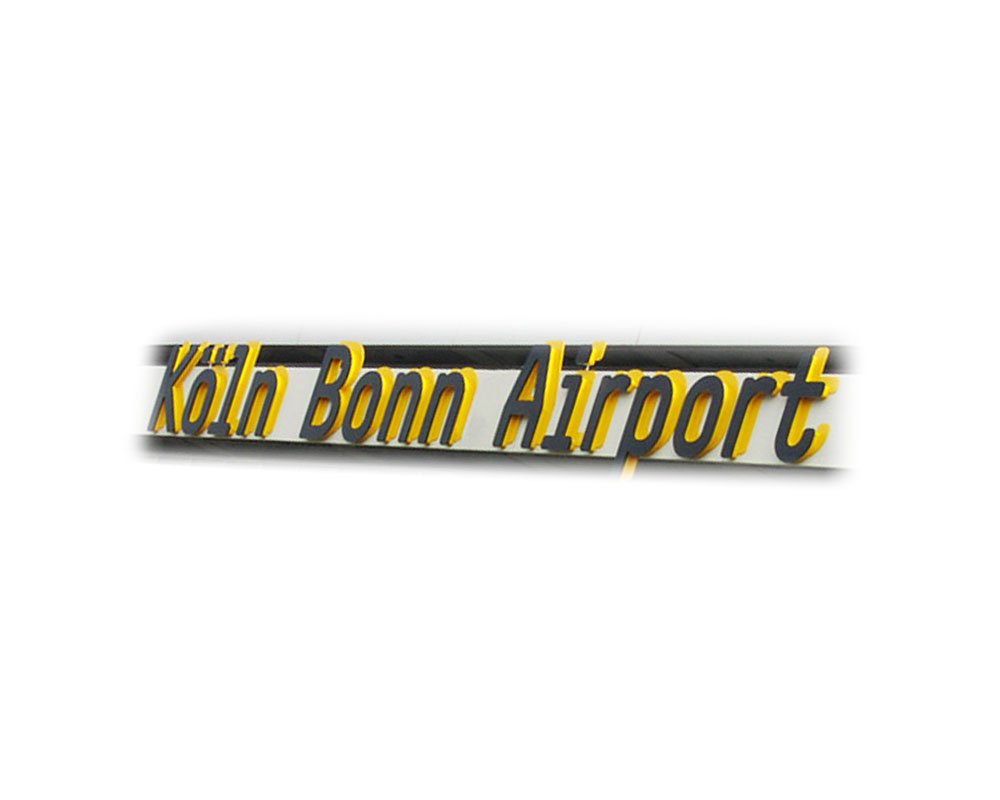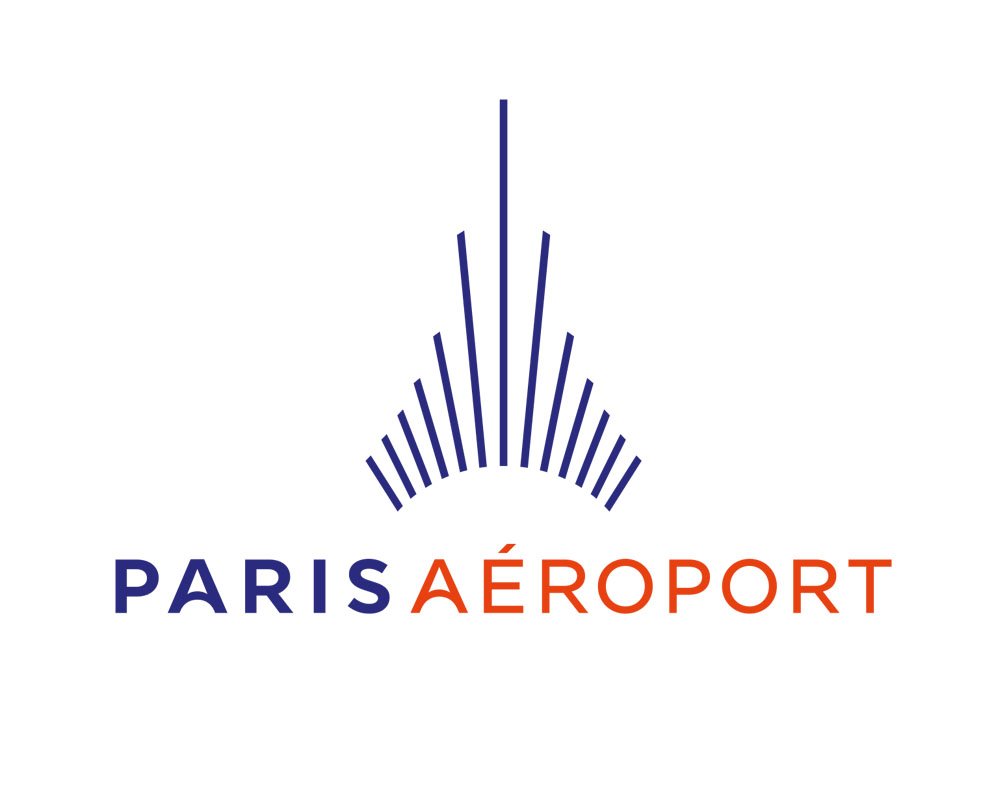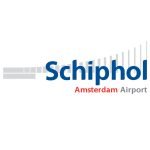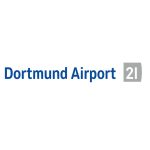Info
Omschrijving
The City of Brussels is the largest municipality and historical centre of the Brussels-Capital Region, and the de jure capital of Belgium. Besides the strict centre, it also covers the immediate northern outskirts where it borders municipalities in Flanders. It is the administrative centre of the European Union, thus often dubbed, along with the region, the EU’s capital city. The City of Brussels is a municipality consisting of the central historic town and certain additional areas within the greater Brussels-Capital Region, namely Haren, Laeken and Neder-Over-Heembeek to the north, and Avenue Louise/Louizalaan and the Bois de la Cambre/Ter Kamerenbos park to the south. On 1 January 2017, the City of Brussels had a total population of 176,545. The total area is 32.61 km2 (12.59 sq mi) which gives a population density of 5,475 inhabitants per square kilometre (14,180/sq mi).
Populaire Bezienswaardigheden & Attracties
Grand Place
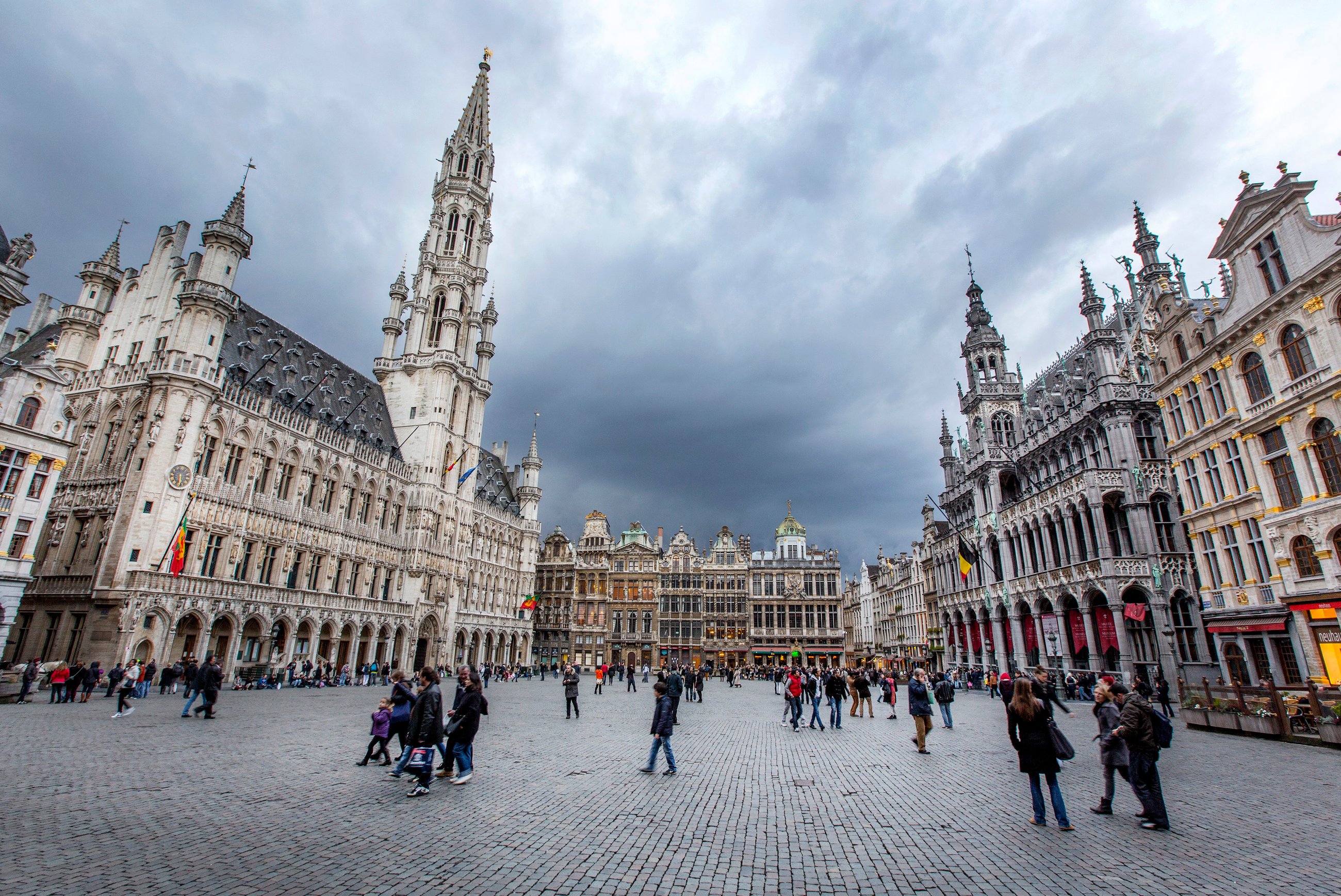 The Grand Place or Grote Markt is the central square of Brussels. It is surrounded by opulent guildhalls and two larger edifices, the city’s Town Hall, and the King’s House or Breadhouse building containing the Museum of the City of Brussels. The square measures 68 by 110 metres (223 by 361 ft). The square is the most important tourist destination and most memorable landmark in Brussels. It is also considered as one of the most beautiful squares in Europe, and has been a UNESCO World Heritage Site since 1998.
The Grand Place or Grote Markt is the central square of Brussels. It is surrounded by opulent guildhalls and two larger edifices, the city’s Town Hall, and the King’s House or Breadhouse building containing the Museum of the City of Brussels. The square measures 68 by 110 metres (223 by 361 ft). The square is the most important tourist destination and most memorable landmark in Brussels. It is also considered as one of the most beautiful squares in Europe, and has been a UNESCO World Heritage Site since 1998.
Saint-Michel Cathedral
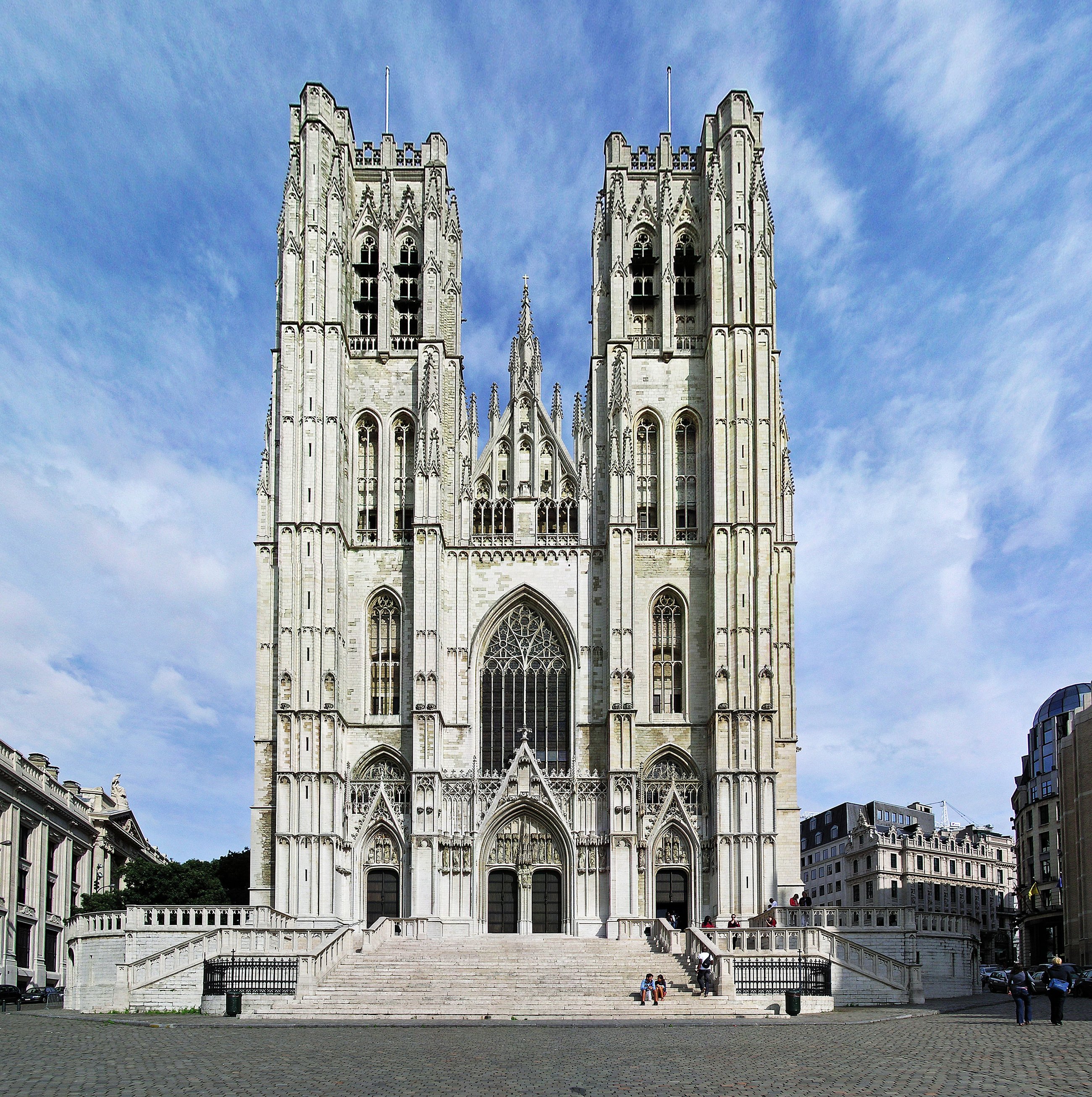 The Cathedral of St. Michael and St. Gudula is a Roman Catholic church in Brussels, Belgium. The church was given cathedral status in 1962 and has since been the co-cathedral of the Archdiocese of Mechelen-Brussels, together with St. Rumbold’s Cathedral in Mechelen.
The Cathedral of St. Michael and St. Gudula is a Roman Catholic church in Brussels, Belgium. The church was given cathedral status in 1962 and has since been the co-cathedral of the Archdiocese of Mechelen-Brussels, together with St. Rumbold’s Cathedral in Mechelen.
Atomium
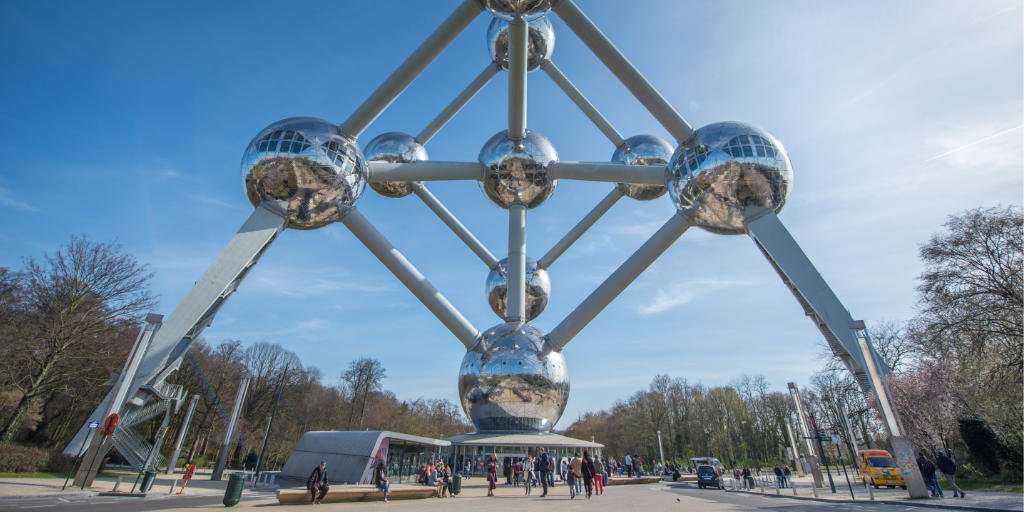 The Atomium is a landmark building in Brussels, originally constructed for the 1958 Brussels World’s Fair (Expo 58). It is located on the Heysel Plateau, where the exhibition took place. It is now a museum. Designed by the engineer André Waterkeyn and architects André and Jean Polak, it stands 102 m (335 ft) tall. Its nine 18 m (60 ft) diameter stainless steel clad spheres are connected, so that the whole forms the shape of a unit cell of an iron crystal magnified 165 billion times. Tubes of 3 m (10 ft) diameter connect the spheres along the 12 edges of the cube and all eight vertices to the centre. They enclose stairs, escalators and a lift (in the central, vertical tube) to allow access to the five habitable spheres, which contain exhibit halls and other public spaces. The top sphere includes a restaurant which has a panoramic view of Brussels.
The Atomium is a landmark building in Brussels, originally constructed for the 1958 Brussels World’s Fair (Expo 58). It is located on the Heysel Plateau, where the exhibition took place. It is now a museum. Designed by the engineer André Waterkeyn and architects André and Jean Polak, it stands 102 m (335 ft) tall. Its nine 18 m (60 ft) diameter stainless steel clad spheres are connected, so that the whole forms the shape of a unit cell of an iron crystal magnified 165 billion times. Tubes of 3 m (10 ft) diameter connect the spheres along the 12 edges of the cube and all eight vertices to the centre. They enclose stairs, escalators and a lift (in the central, vertical tube) to allow access to the five habitable spheres, which contain exhibit halls and other public spaces. The top sphere includes a restaurant which has a panoramic view of Brussels.
Belgian Comic Strip Center
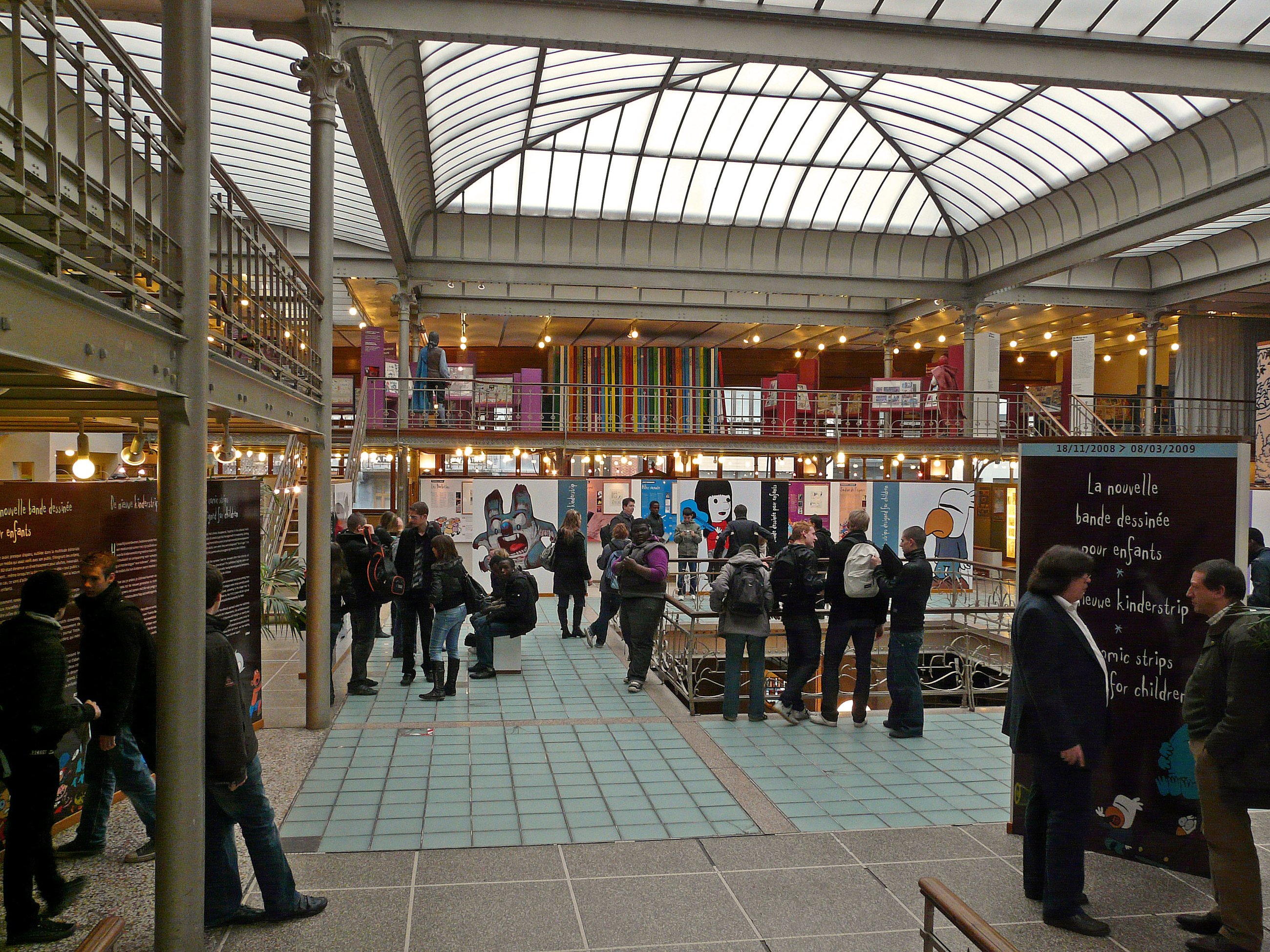 The Belgian Comic Strip Center is a museum in Brussels, located in the Rue des Sables /Zandstraat 20, dedicated to Belgian comics. This gorgeous 1906 building, designed by Victor Horta, is home to the wonderful Comic Strip Center, devoted to the history of cartoons and comic strips in the country that gave the world The Smurfs and Tintin. A constantly rotating exhibition of 200 original comic strip drawings by Belgian and French comic artists is shown here. In addition, the museum documents the rise in popularity of Belgian and French comic strips through a cleverly curated collection of original manuscripts, draft sketches, and imaginatively reconstructed sets including Lucky Luke’s saloon and Tim, Struppi, and Captain Haddock’s moon rocket.
The Belgian Comic Strip Center is a museum in Brussels, located in the Rue des Sables /Zandstraat 20, dedicated to Belgian comics. This gorgeous 1906 building, designed by Victor Horta, is home to the wonderful Comic Strip Center, devoted to the history of cartoons and comic strips in the country that gave the world The Smurfs and Tintin. A constantly rotating exhibition of 200 original comic strip drawings by Belgian and French comic artists is shown here. In addition, the museum documents the rise in popularity of Belgian and French comic strips through a cleverly curated collection of original manuscripts, draft sketches, and imaginatively reconstructed sets including Lucky Luke’s saloon and Tim, Struppi, and Captain Haddock’s moon rocket.
Royal Palace
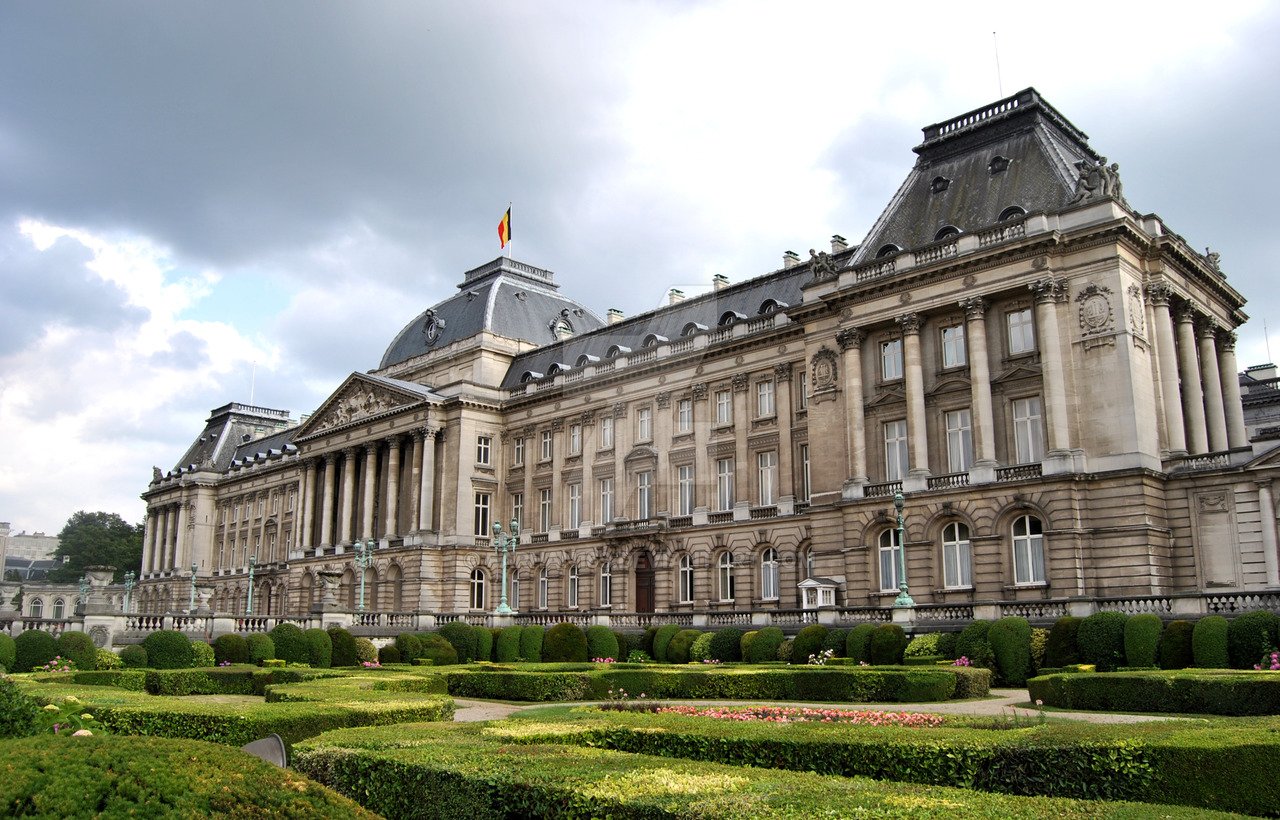 The Royal Palace of Brussels is the official palace of the King and Queen of the Belgians in the centre of the nation’s capital Brussels. However it is not used as a royal residence, as the king and his family live in the Royal Palace of Laeken on the outskirts of Brussels.
The Royal Palace of Brussels is the official palace of the King and Queen of the Belgians in the centre of the nation’s capital Brussels. However it is not used as a royal residence, as the king and his family live in the Royal Palace of Laeken on the outskirts of Brussels.
Belgian Royal Museum of Fine Arts
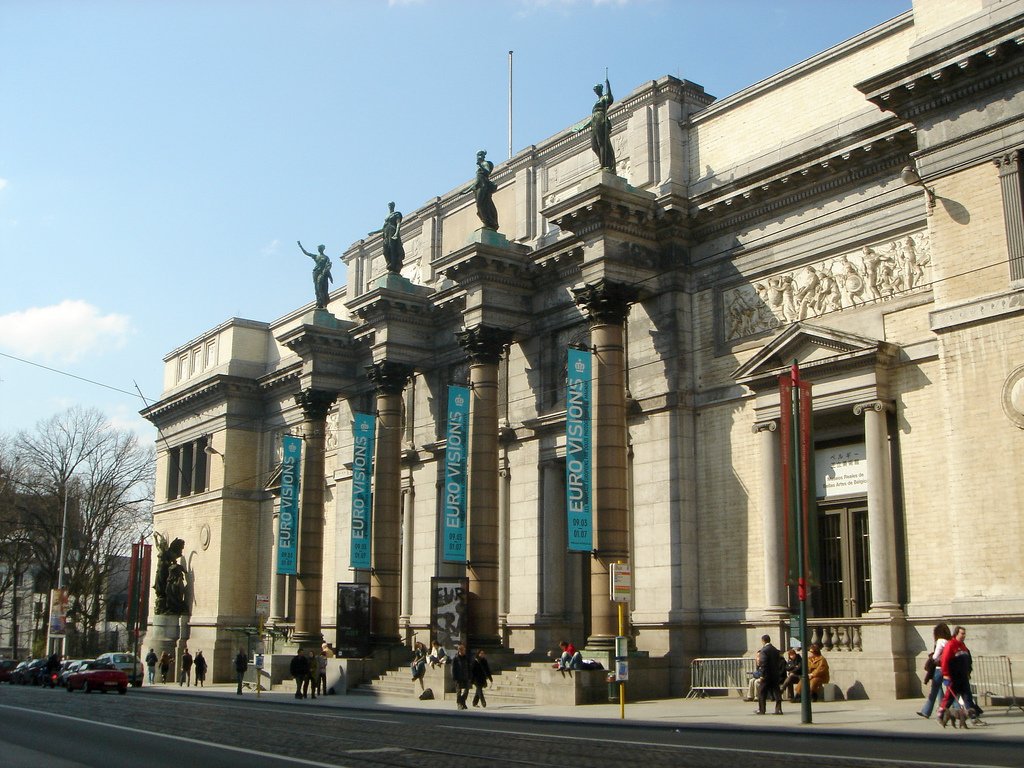 The Royal Museums of Fine Arts of Belgium are a group of art museums in Brussels, Belgium.The Royal Museums contains over 20,000 drawings, sculptures, and paintings, which date from the early 15th century to the present.
The Royal Museums of Fine Arts of Belgium are a group of art museums in Brussels, Belgium.The Royal Museums contains over 20,000 drawings, sculptures, and paintings, which date from the early 15th century to the present.
Palace of Coudenberg
 The Coudenberg or Koudenberg (Cold Hill) is a small hill in Brussels where the Palace of Coudenberg was built. For nearly 700 years, the Castle and then Palace of Coudenberg was the seat of government of the counts, dukes, archdukes, kings, emperors and governors, who from the 11th century until its destruction in 1731, exerted their sovereignty over the area of the Duchy of Brabant, now in the southern Netherlands and northern Belgium. After several years of recent excavations, the archaeological vestiges of the palace and its foundations are open to the public.
The Coudenberg or Koudenberg (Cold Hill) is a small hill in Brussels where the Palace of Coudenberg was built. For nearly 700 years, the Castle and then Palace of Coudenberg was the seat of government of the counts, dukes, archdukes, kings, emperors and governors, who from the 11th century until its destruction in 1731, exerted their sovereignty over the area of the Duchy of Brabant, now in the southern Netherlands and northern Belgium. After several years of recent excavations, the archaeological vestiges of the palace and its foundations are open to the public.
Mont des Arts
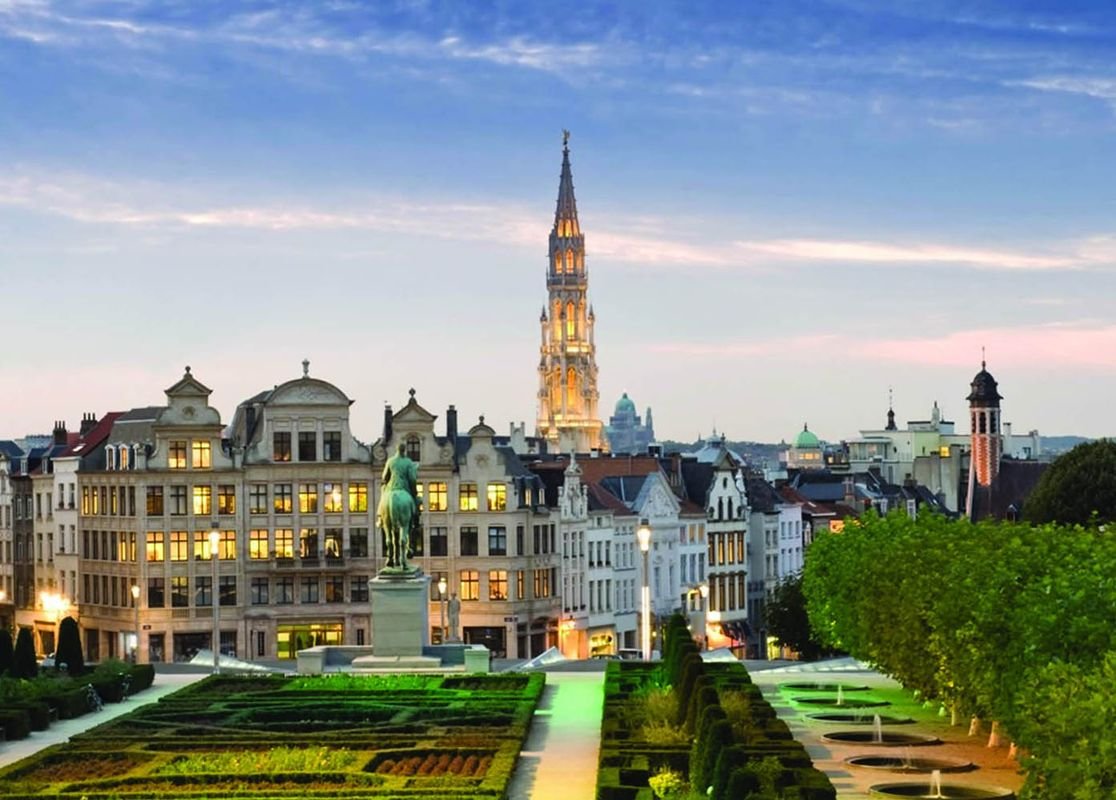 The Mont des Arts or Kunstberg, meaning “hill/mount of the arts”, is an urban complex and historic site in the centre of Brussels, Belgium, including the Royal Library of Belgium, the National Archives of Belgium, the Square – Brussels Meeting Centre, and a public garden. This site is located between rue Montagne de la Cour/Hofbergstraat and the Coudenberg in its ‘upper’ part, and Boulevard de l’Empereur/Keizerslaan and the Place de l’Albertine/Albertinaplein in its ‘lower’ part. It is served by the Brussels Central Station.
The Mont des Arts or Kunstberg, meaning “hill/mount of the arts”, is an urban complex and historic site in the centre of Brussels, Belgium, including the Royal Library of Belgium, the National Archives of Belgium, the Square – Brussels Meeting Centre, and a public garden. This site is located between rue Montagne de la Cour/Hofbergstraat and the Coudenberg in its ‘upper’ part, and Boulevard de l’Empereur/Keizerslaan and the Place de l’Albertine/Albertinaplein in its ‘lower’ part. It is served by the Brussels Central Station.
Parc du Cinquantenaire
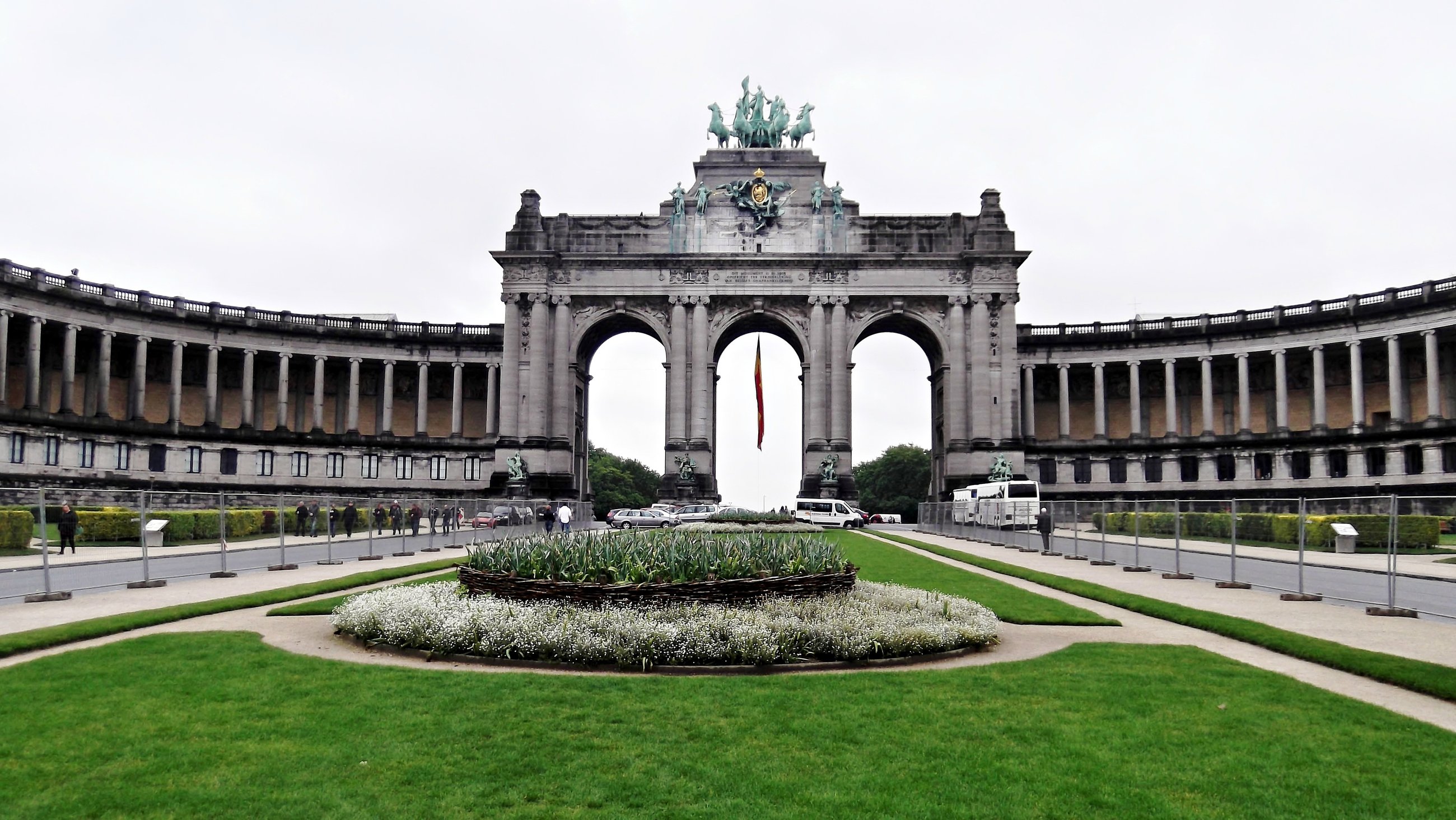 Parc du Cinquantenaire or Jubelpark is a large public, urban park (30 hectares) in the easternmost part of the European Quarter in Brussels, Belgium. Most buildings of the U-shaped complex which dominate the park were commissioned by the Belgian government under the patronage of King Leopold II for the 1880 National Exhibition commemorating the fiftieth anniversary of Belgian independence. During successive exhibitions in the same area, more structures were added. The centrepiece triumphal arch was erected in 1905 replacing a previous temporary version of the arcade by Gédéon Bordiau. The structures were built in iron, glass and stone, symbolising the economic and industrial performance of Belgium. The surrounding 30-hectare park esplanade was full of picturesque gardens, ponds and waterfalls. It housed several trade fairs, exhibitions and festivals at the beginning of the century. In 1930 the government decided to reserve Cinquantenaire for use as a leisure park. The Royal Military Museum has been the sole tenant of the northern half of the complex since 1880. The southern half is occupied by the Jubelpark museum (Cinquantenaire Museum) and the AutoWorld Museum. The Temple of Human Passions, a remainder from 1886, and the Great Mosque of Brussels from 1978 are located in the north-western corner of the park.
Parc du Cinquantenaire or Jubelpark is a large public, urban park (30 hectares) in the easternmost part of the European Quarter in Brussels, Belgium. Most buildings of the U-shaped complex which dominate the park were commissioned by the Belgian government under the patronage of King Leopold II for the 1880 National Exhibition commemorating the fiftieth anniversary of Belgian independence. During successive exhibitions in the same area, more structures were added. The centrepiece triumphal arch was erected in 1905 replacing a previous temporary version of the arcade by Gédéon Bordiau. The structures were built in iron, glass and stone, symbolising the economic and industrial performance of Belgium. The surrounding 30-hectare park esplanade was full of picturesque gardens, ponds and waterfalls. It housed several trade fairs, exhibitions and festivals at the beginning of the century. In 1930 the government decided to reserve Cinquantenaire for use as a leisure park. The Royal Military Museum has been the sole tenant of the northern half of the complex since 1880. The southern half is occupied by the Jubelpark museum (Cinquantenaire Museum) and the AutoWorld Museum. The Temple of Human Passions, a remainder from 1886, and the Great Mosque of Brussels from 1978 are located in the north-western corner of the park.
Église Notre-Dame du Sablon Church
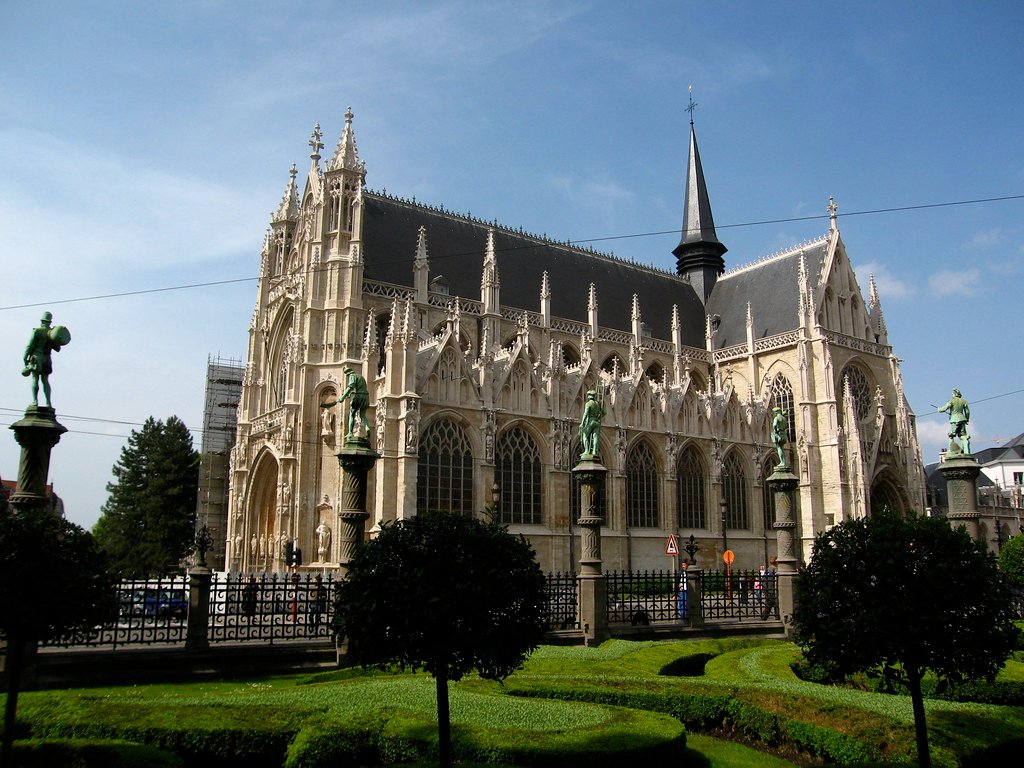 The Church of Our Blessed Lady of the Sablon (French: Église Notre-Dame du Sablon, Dutch: Onze-Lieve-Vrouw ten Zavel) is a Catholic church from the 15th century located in the Sablon/Zavel district in the historic centre of Brussels, which was patronised by the nobility and wealthy citizens of Brussels. It is characterised by its late Brabantine Gothic exterior and rich interior decoration including two Baroque chapels.
The Church of Our Blessed Lady of the Sablon (French: Église Notre-Dame du Sablon, Dutch: Onze-Lieve-Vrouw ten Zavel) is a Catholic church from the 15th century located in the Sablon/Zavel district in the historic centre of Brussels, which was patronised by the nobility and wealthy citizens of Brussels. It is characterised by its late Brabantine Gothic exterior and rich interior decoration including two Baroque chapels.
Royal Palace of Laeken
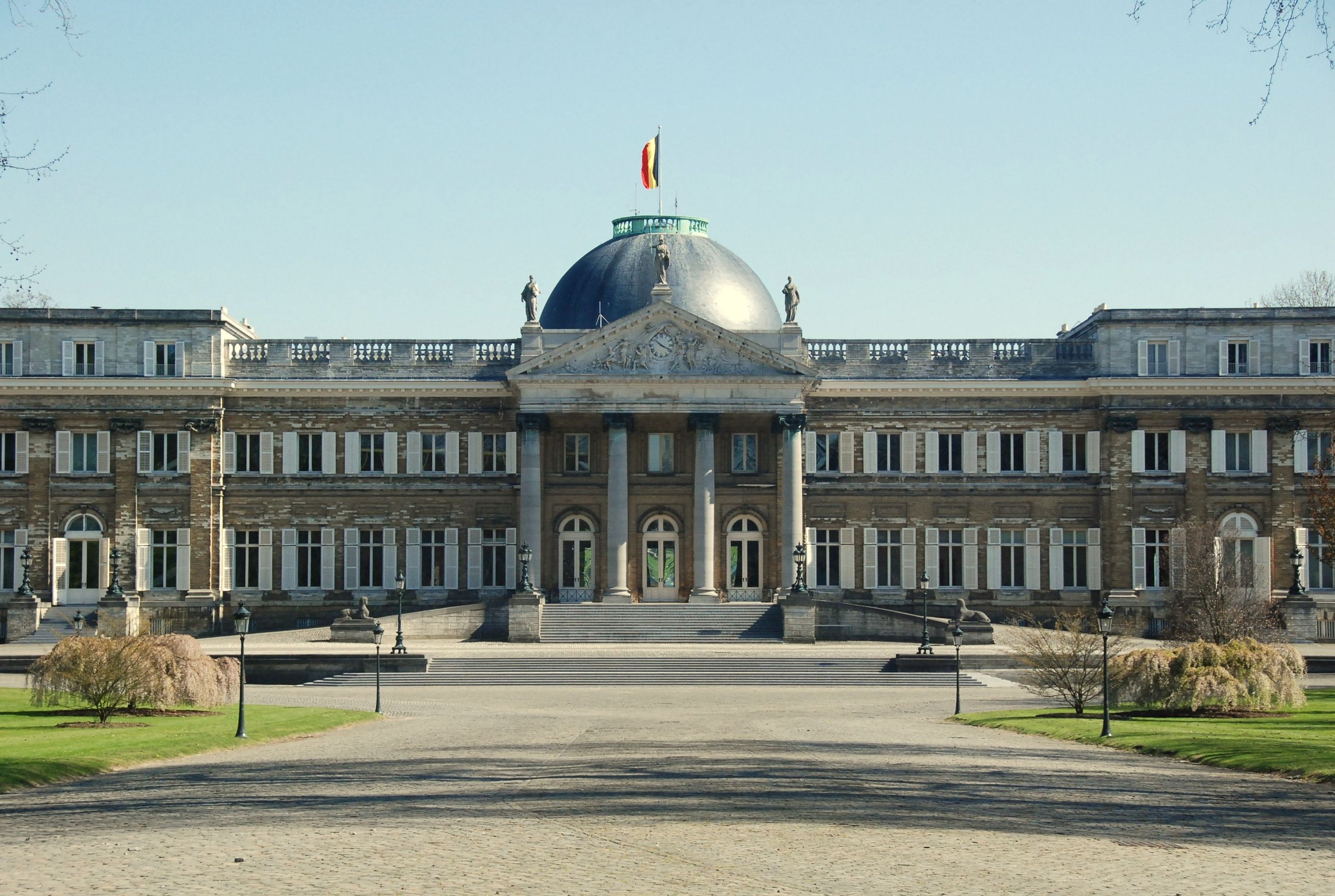 The Royal Palace of Laeken is the official residence of the King of the Belgians and the royal family. It lies in the Brussels region, 5 km (3 mi) north of the city centre in the municipality of Laeken. It sits in a large park called the Royal Domain of Laeken, which is off-limits to the public. It was originally named the Castle of Schonenberg and is often referred to as the Royal Castle.
The Royal Palace of Laeken is the official residence of the King of the Belgians and the royal family. It lies in the Brussels region, 5 km (3 mi) north of the city centre in the municipality of Laeken. It sits in a large park called the Royal Domain of Laeken, which is off-limits to the public. It was originally named the Castle of Schonenberg and is often referred to as the Royal Castle.
Basilique Nationale du Sacré Coeur
 The National Basilica of the Sacred Heart (French: Basilique Nationale du Sacré-Cœur, Dutch: Nationale Basiliek van het Heilig-Hart) is a Roman Catholic Minor Basilica and parish church in Brussels, Belgium. The church was dedicated to the Sacred Heart, inspired by the Basilique du Sacré-Coeur in Paris. Symbolically, King Leopold II laid the first stone of the basilica in 1905 during the celebrations of the 75th anniversary of Belgian independence. The construction was halted by the two World Wars and finished only in 1969. Belonging to the Metropolitan Archbishopric of Mechelen-Brussels, it is one of the ten largest Roman Catholic churches by area in the world. Located in the Parc Elisabeth atop the Koekelberg Hill in Brussels’ Koekelberg municipality, the church is popularly known as the Koekelberg Basilica (French: Basilique de Koekelberg or Dutch: Basiliek van Koekelberg). The massive brick and concrete reinforced church features two thin towers and a green copper dome that rises 89 metres (292 ft) above the ground, dominating the northwestern skyline of Brussels.
The National Basilica of the Sacred Heart (French: Basilique Nationale du Sacré-Cœur, Dutch: Nationale Basiliek van het Heilig-Hart) is a Roman Catholic Minor Basilica and parish church in Brussels, Belgium. The church was dedicated to the Sacred Heart, inspired by the Basilique du Sacré-Coeur in Paris. Symbolically, King Leopold II laid the first stone of the basilica in 1905 during the celebrations of the 75th anniversary of Belgian independence. The construction was halted by the two World Wars and finished only in 1969. Belonging to the Metropolitan Archbishopric of Mechelen-Brussels, it is one of the ten largest Roman Catholic churches by area in the world. Located in the Parc Elisabeth atop the Koekelberg Hill in Brussels’ Koekelberg municipality, the church is popularly known as the Koekelberg Basilica (French: Basilique de Koekelberg or Dutch: Basiliek van Koekelberg). The massive brick and concrete reinforced church features two thin towers and a green copper dome that rises 89 metres (292 ft) above the ground, dominating the northwestern skyline of Brussels.
Abbaye de la Cambre
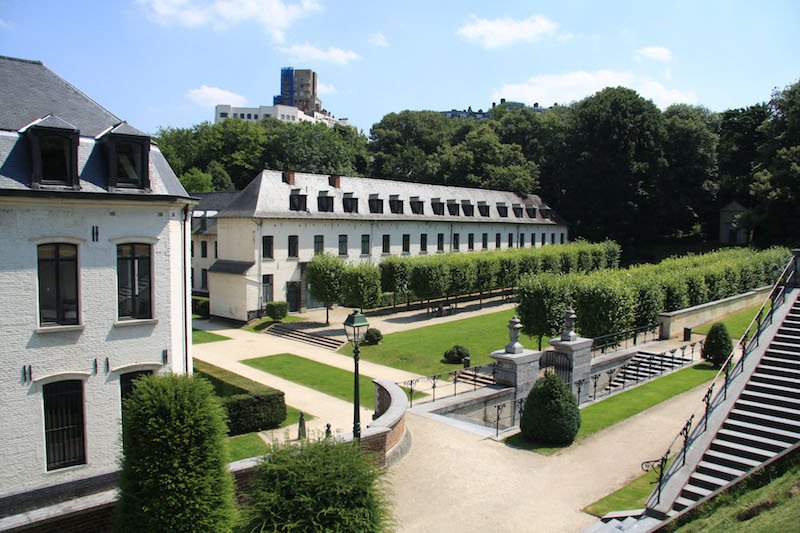 The Abbey of La Cambre or Ter Kameren Abbey (French: Abbaye de La Cambre, Dutch: Abdij Ter Kameren) is a former Cistercian abbey in Ixelles, Brussels, Belgium. It is located in the Maelbeek valley between the Bois de la Cambre and the Ixelles Ponds. The abbey church is a Catholic parish of the Archdiocese of Malines-Brussels and home to a community of Norbertine canons, while other parts of the monastery house the headquarters of the Belgian National Geographic Institute and La Cambre, a prestigious visual arts school. The abbey was founded about 1196. It was suppressed during the French Revolution. Most of today’s buildings are from the 18th century; only the church, the refectory and the wing of the capitular hall maintain their medieval character. The simple abbey church houses Albert Bouts’ early 16th-century The Mocking of Christ.
The Abbey of La Cambre or Ter Kameren Abbey (French: Abbaye de La Cambre, Dutch: Abdij Ter Kameren) is a former Cistercian abbey in Ixelles, Brussels, Belgium. It is located in the Maelbeek valley between the Bois de la Cambre and the Ixelles Ponds. The abbey church is a Catholic parish of the Archdiocese of Malines-Brussels and home to a community of Norbertine canons, while other parts of the monastery house the headquarters of the Belgian National Geographic Institute and La Cambre, a prestigious visual arts school. The abbey was founded about 1196. It was suppressed during the French Revolution. Most of today’s buildings are from the 18th century; only the church, the refectory and the wing of the capitular hall maintain their medieval character. The simple abbey church houses Albert Bouts’ early 16th-century The Mocking of Christ.
gdlr_button href=”https://staxiveenendaal.nl/nl/boek-een-stadstour/” target=”_self” size=”small” background=”#1eacc7″ color=”#ffffff”]Boek Nu[/gdlr_button]

